In her book English Bread & Yeast Cookery, Elizabeth David, writing in 1977, makes a point of value to us in these days when we are so distanced from our food supply: that for every ounce of bread we eat (a thin slice), an ounce of grain has been grown, harvested, transported (often long distances) to mills, cleaned, dried, conditioned, ground into flour, treated, stored and finally delivered to bakeries and bread factories.
Wanting to get closer to my bread, I attended an artisan bread-making class last weekend, and here’s what I did at school that day….
Started off with lessons on yeast. Active dry yeast is the yeast of choice since it’s reliable and durable (can be stored for years in a freezer, though officially has a 3 month shelf life)
But fresh yeast is preferred by purists (assuming they are making bread in volume, since a cake only keeps for a month) – can be hard to find though.
Instant yeast comes in big granules; what the purists don’t like about it is that coating on the granules means you’ll get about 25-30% dead yeast together with the live cells, meaning you need to use about twice as much as active yeast, and soak in water, for reliable results.
Moving on from yeasts, we were introduced to sourdough and rye starters
Rye is particularly valued, because of its high amylase content, stable at high (baking) temperatures. Amylase is an enzyme – also present in seeds (contributing to germination) and saliva – which converts starch into sugar; starch is what hardens during baking to create firm, airy loaves. Since amylase breaks starch down during baking, rye contributes a moist, dense texture in bread. We didn’t use the rye starter in this class, but I hope to take the next installment which is all about fermentation techniques.
Then there was Poolish – which originated in French kitchens (the name a nod to the Polish bakers who probably introduced it). Simple to make and only needing a night to ferment, it is gooey and puffy, and went into our baguettes:
and Biga, an Italian starter, which is thicker and sturdier than Poolish, and used later that day to make ciabatta.
We watched our instructor – Martin Barnett – make a Challah dough
while he explained why it is better to weigh ingredients than go by volume (a cup of plain flour is not the same as a cup of whole wheat, etc.) and paused at intervals to demonstrate different stages of gluten development
stopping only when it had advanced to the stage when you can make a window to read through. Then he covered it and left it to carry on with its first rising (primary fermentation).
Lessons learned, we proceeded to make buttermilk seed bread
and some dough for baguettes.
Some of us made ciabatta, and others (like us) Tuscan loaves; then we readied our ingredients for wholemeal brioche and went for lunch (pizzas we assembled ourselves on fresh pizza dough). After lunch we put our bread into loaves, and then made the brioche dough, rolled it flat, buttered it and sprinkled it with sugar, cinnamon and raisins; rolled it up
and cut it into buns
which were baked and then brushed with apricot glaze
and some lemony icing.
We rolled our baguettes and popped them into forms to rise
and then started reaping the bounty. Ciabatta
baguettes
and our seed and Tuscan olive breads. Not a bad haul for 8 hours’ work.


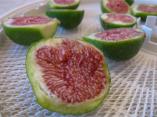
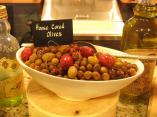

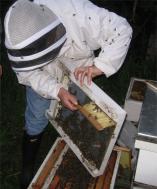

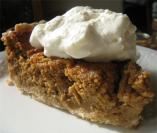
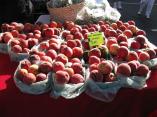






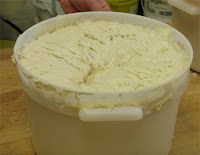





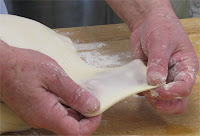










3 Responses to Daily bread